The Rising Threat of Cyberattacks on Retailers: Why Preparation is Key

Recent events have shown that even beloved retail chains are not immune to the growing threat of cyberattacks. Krispy Kreme, a global donut and coffeehouse chain, recently reported a cyberattack that disrupted online ordering operations in parts of the United States. The Krispy Kreme cyberacttack consisted of a breach, detected on November 29, 2024, that […]
How to Create a Ransomware Defense Strategy
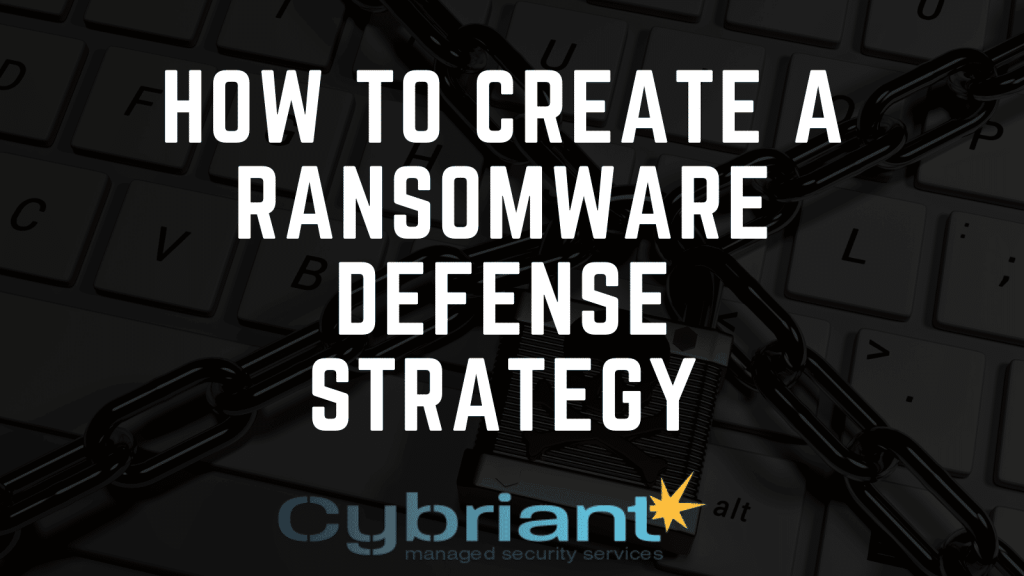
How do organizations protect against ransomware? You need a ransomware defense strategy. It’s important to find the best ransomware defense strategy that is right for your organization. Here are several facts about ransomware to help protect your organization.
What Happens If I Click on a Phishing Email: The Cost of a Click
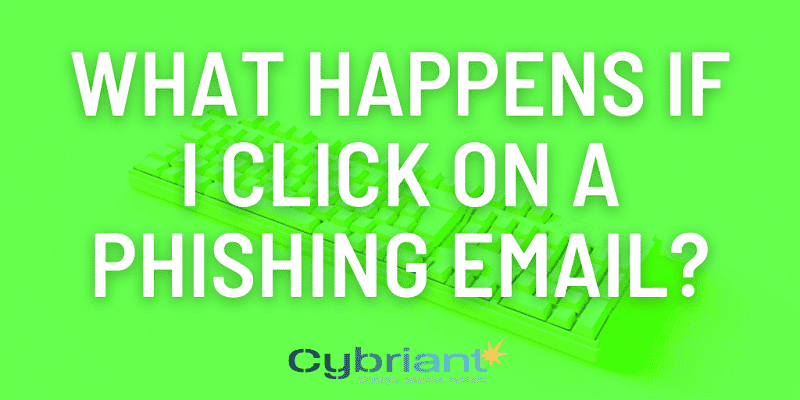
Reports for 2020 so far have shown a drastic uptick in the number of malware caused by phishing emails. Here’s what happens if you click on a phishing email, and the potential cost of clicking on a phishing email.
Infographic: Evolution of Hacktivism
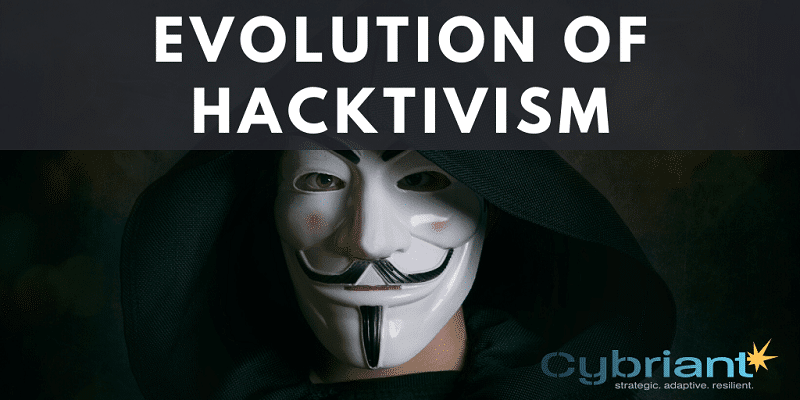
The Black Lives Matter movement has increased activity from the hacktivist group, Anonymous, and hacktivism overall. Take a look at the evolution of hacktivism.
Top Ransomware Threats of 2020
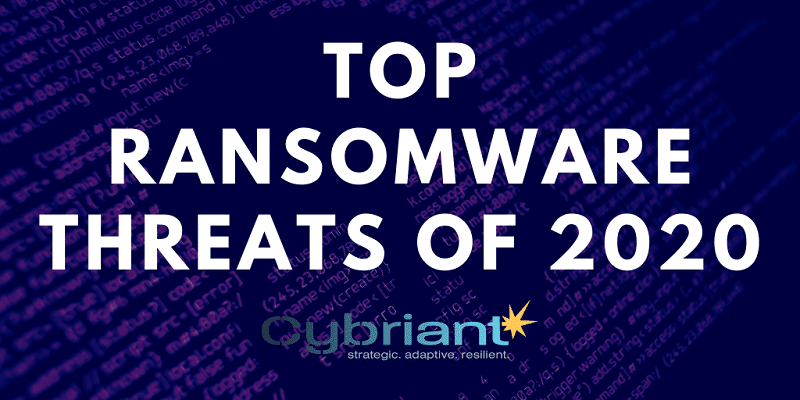
Ransomware (or cyber extortion) is on the rise. In 2020, there has been a spike in the number of reported incidents as well as the amount that cyber hackers are attempting to extort from organizations. It’s important that your organization does every they can to fight these cybercriminals and education is a key piece. Take a look at the top ransomware threats we’ve seen in 2020.
REvil Ransomware Hackers Are Ramping Up Efforts
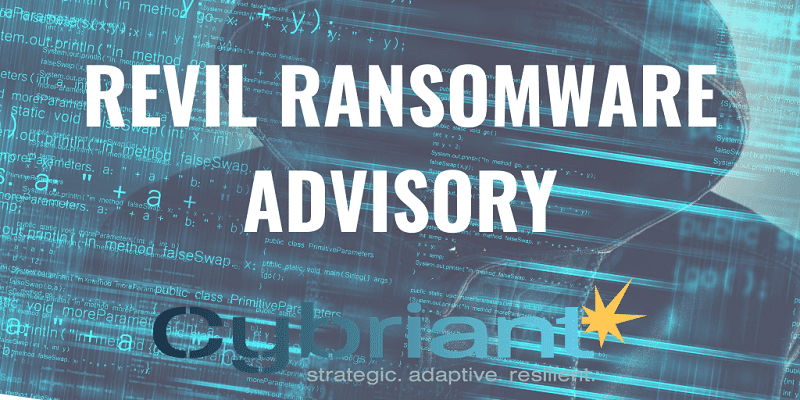
REvil Ransomware affiliates have been ramping up their threats to sell stolen data from law firms, Trump, celebrities, and now a food distributor and a 3D printer manufacturer. Learn more about the threats and how others have handled their responses to the attacks.
CybriantXDR: Solution to Cybersecurity?
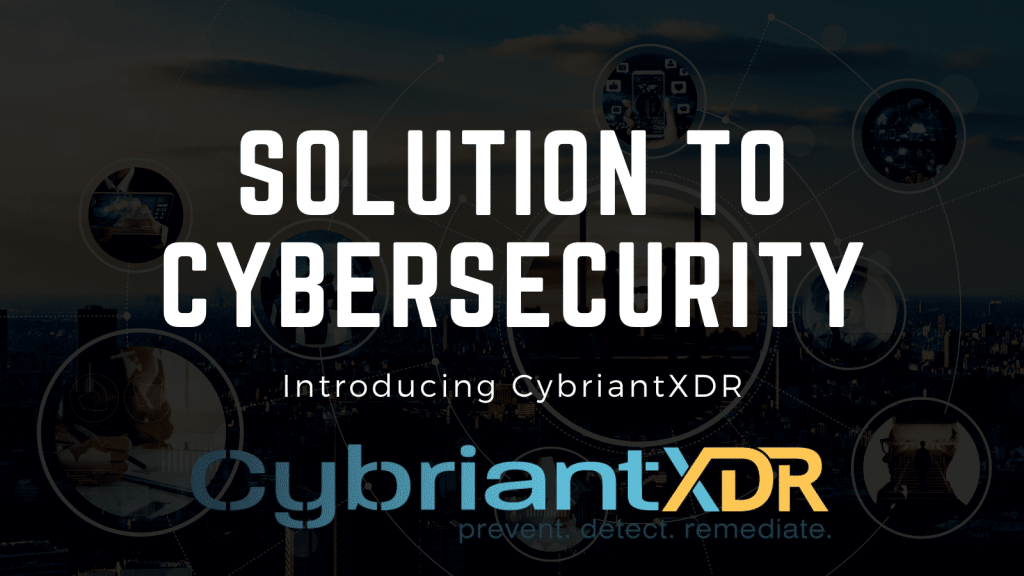
It is possible to have a simple solution to cybersecurity. We have created an all-in-one solution that includes our top managed services and bundled those services into one solution called CybriantXDR.
Involved in a Cyber Security Breach? Here’s What You Need to Do Next
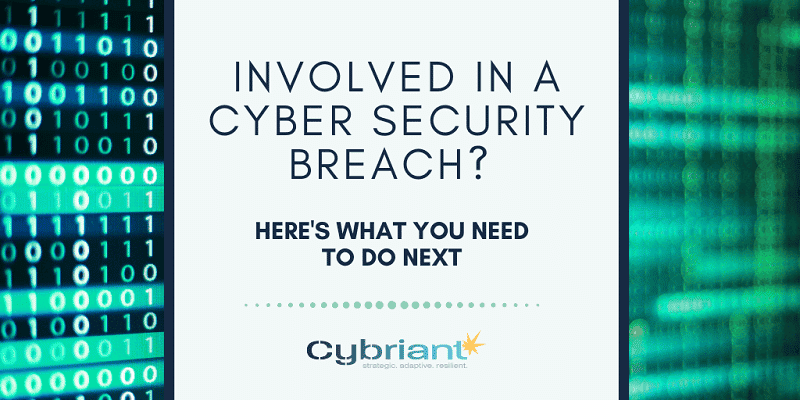
Hopefully, you will never be involved in a data breach, but in a world of constant cybercrime and increasing levels of intrusion, being involved in such an incident seems all but inevitable.
4 Vital Cyber Security Checkpoints for Businesses

Whether you’re managing a small business or growing into an international powerhouse, cybersecurity constantly changes and challenges your resources
9 Facts About Network Security Threats and Solutions
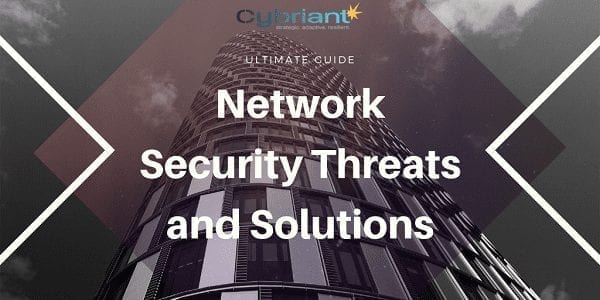
It’s important to understand the network security threats and solutions that are a potential threat to your organization. Here is a list to help you defend your organization. Network Security Threats and Solutions Network security threats have become very common and widespread. Most companies are vulnerable to these threats and it is not a matter […]

